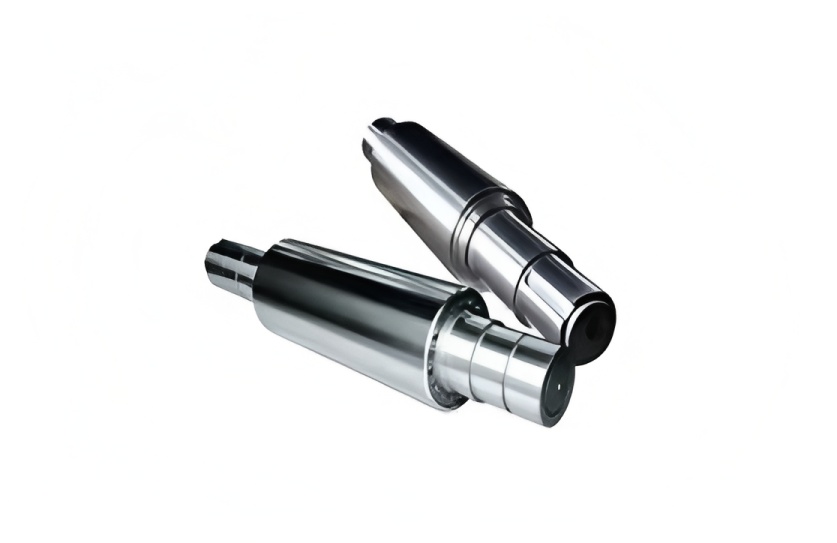Evolution of Materials for Rolling Mill Rolls
Description: Prior to 2010, 9Cr2Mo was commonly used for rolling mill rolls. With advancements in roll forging materials and increasing quality requirements, it was gradually replaced by 9Cr3Mo after 2015.
Keywords: Rolling mill rolls material
Currently, 9Cr5Mo1V roll blanks have been widely adopted in the steel plate cold rolling industry and are recommended as the preferred material for work rolls. Compared to 9Cr2Mo and 9Cr3Mo, 9Cr5Mo1V contains higher amounts of Mn, Mo, and Cr. The increased content of these elements enhances the material’s strength and hardness, improves wear resistance and hardenability (resulting in better comprehensive mechanical properties after quenching and tempering), and contributes to better thermal processing performance. It also helps achieve higher surface hardness and superior wear resistance after heat treatment.
As a result, roll blanks made of 9Cr5Mo1V exhibit higher tensile and compressive strength. Under the same rolling conditions, these rolls undergo less deflection deformation. With the maturation of the manufacturing process and reduction in cost for 9Cr5Mo1V rolls, this material is progressively replacing previous roll blank materials in subsequent applications.


